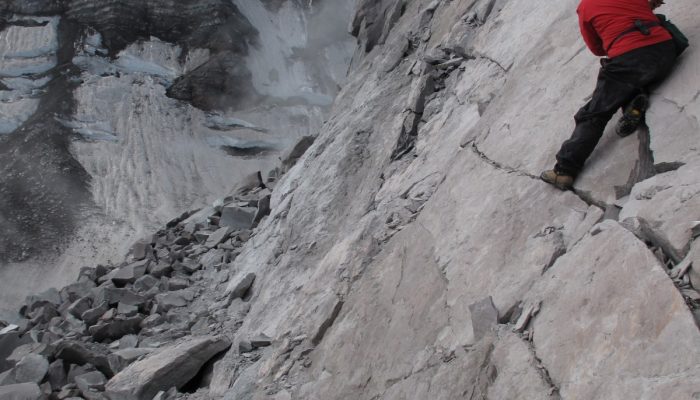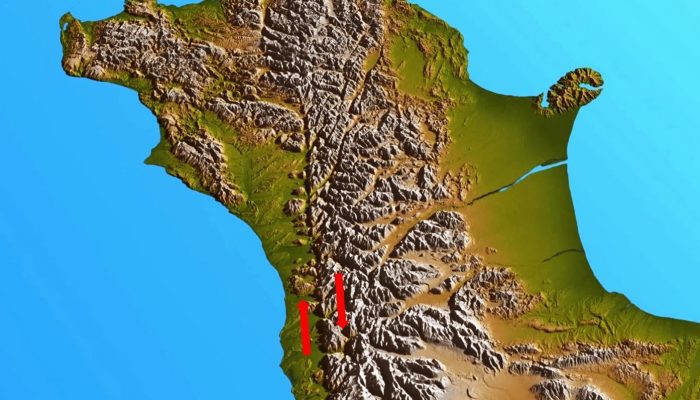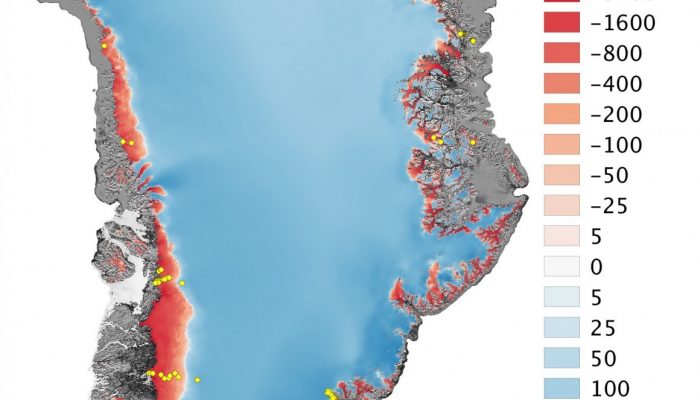Cities obviously experience a different climate than natural landscapes. Already in 1810 the British meteorologist Luke Howard documented that the air temperature in the city of London was several degrees higher than in its surroundings. This so called urban heat island has several causes. In general the relatively dark surfaces of asphalt and roofs absorb solar radiation very efficiently and this ...[Read More]
If you didn't find what you was looking for try searching again.
Tectonics and Structural Geology
You’re an early career scientist and you want to go somewhere… but where?
Only a few more days and the General Assembly of the EGU 2017 will start! Five exciting days with science and the opportunity to meet your colleagues and collaborators, both the old and the new. Earlier this week the outgoing TS President Susanne Buiter and the incoming TS President Claudio Rosenberg posted a blog with TS highlights, but what are the must-see for the Early Career Scientists? This ...[Read More]
Seismology
Some reminders for EGU2017 General Assembly
With only 3 days left for the kick off of the annual European Geosciences Union General Assembly (2017), here is a quick-list to go through in time for EGU. First, read this page for information concerning activities for Early Career Scientists at the GA: https://www.egu.eu/young-scientists/at-the-assembly/ Sunday 23th April: The Opening Reception, 18.30-21.00 in Foyer E. Mingle and tingle with th ...[Read More]
Cryospheric Sciences
A brief guide to navigating EGU 2017!
Are you going to the EGU General Assembly in Vienna next week? If so, read on for a quick guide to navigating the week: Where to start, what to see and how to meet people and enjoy yourself! After all, the meeting is as much about the opportunities meet scientists from all over the world as it is about the science itself. How on Earth do I know what is going on?! The EGU General Assembly is a mass ...[Read More]
Tectonics and Structural Geology
Highlights at EGU 2017 from the division for Tectonics and Structural Geology
Susanne Buiter (outgoing TS president, Geological Survey of Norway) and Claudio Rosenberg (incoming TS president, UPMC France) It is with great pleasure that we write this blog welcoming everyone to EGU’s upcoming General Assembly in Vienna, and especially to the many events organised by our division for Tectonics and Structural Geology! We are highlighting some of the week’s many events below, th ...[Read More]
GeoLog
Imaggeo on Mondays: In the belly of the beast
Conducting research inside a volcanic crater is a pretty amazing scientific opportunity, but calling that crater home for a week might just be a volcanologist’s dream come true, as Alexandra postdoctoral researcher at the Institut de Physique du Globe de Strasbourg, describes in this week’s Imaggeo on Mondays. This picture was taken from inside the crater of Mount St Helens, a stratovolcano ...[Read More]
Tectonics and Structural Geology
Features from the field: Strike Slip Faults Classification
A strike slip faults is a fault on which most of the movement is parallel to the fault strike (Bates and Jackson, 1987). The term ‘wrench fault’ is also popularized in some researchers. Sylvester (1988) suggest not using wrench fault term for defining strike slip fault as general term because wrench fault was defined by Anderson (1905) as deep seated, regional and vertical faults. Many major strik ...[Read More]
GeoLog
Short courses at EGU 2017
With a whopping 96 short courses at this year’s General Assembly, there is more than ever to choose when it comes to broadening your expertise. You can supercharge your scientific skills, broaden your base in science communication and pick up tips on how to boost your career – be it in academia or outside. There is also a course aimed at making your time at the conference easier -be sure to take p ...[Read More]
Cryospheric Sciences
Image of the Week – A high-resolution picture of Greenland’s surface mass balance
The Greenland ice sheet – the world’s second largest ice mass – stores about one tenth of the Earth’s freshwater. If totally melted, this would rise global sea level by 7.4 m, affecting low-lying regions worldwide. Since the 1990s, the warmer atmosphere and ocean have increased the melt at the surface of the Greenland ice sheet, accelerating the ice loss through increased runoff of meltwater and i ...[Read More]
GeoLog
Union-wide events at EGU 2017
Wondering what to expect at the General Assembly this year? Here are some of the highlights: Union Symposia (US) For events which will have general appeal, regardless of your field of research, look no further than the Union Symposia. In particular, if you want to stand up for science at a time when (some) politics seems at odds with science, come along to Union Symposia 3, Make Facts Great Again ...[Read More]








